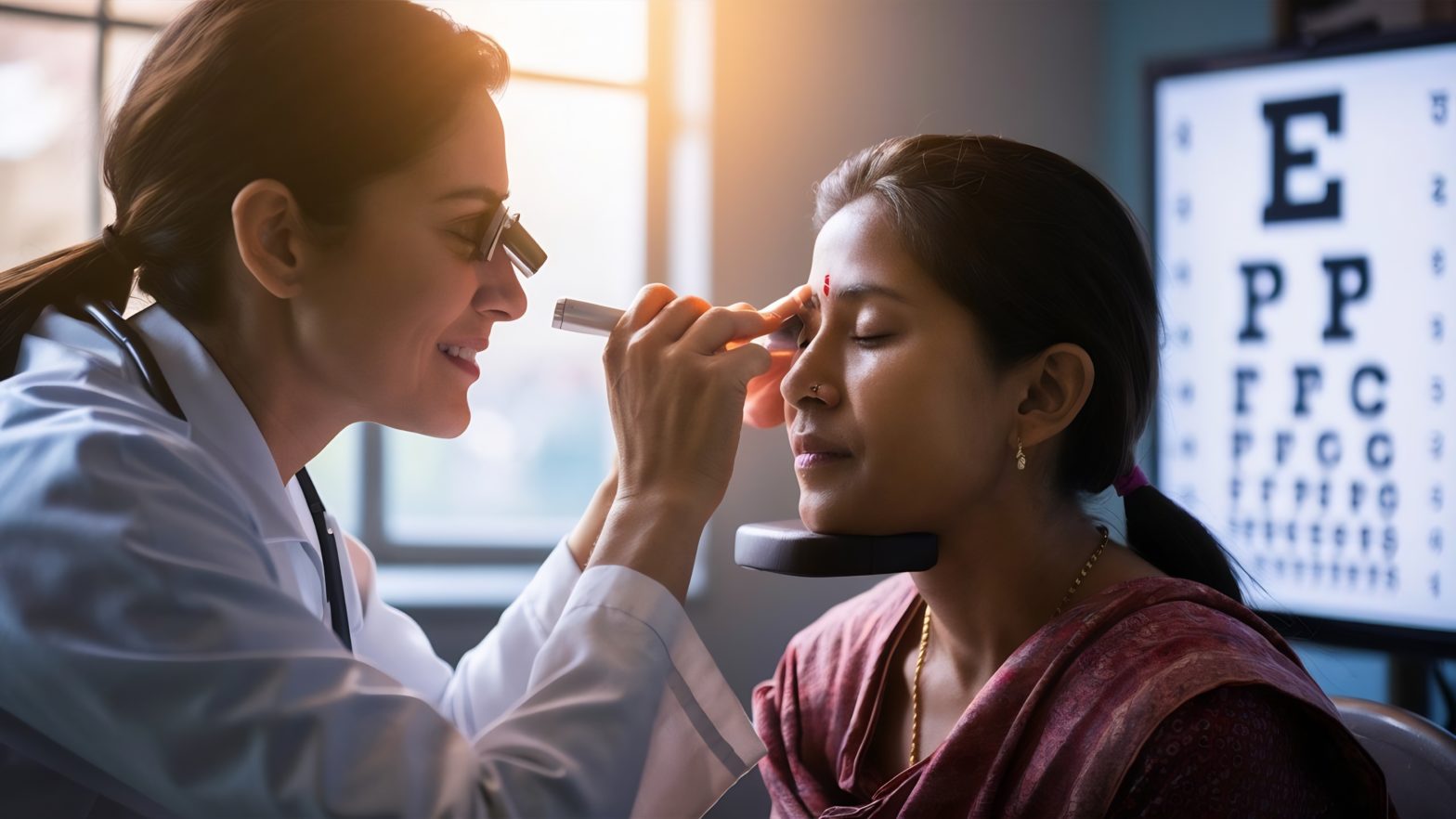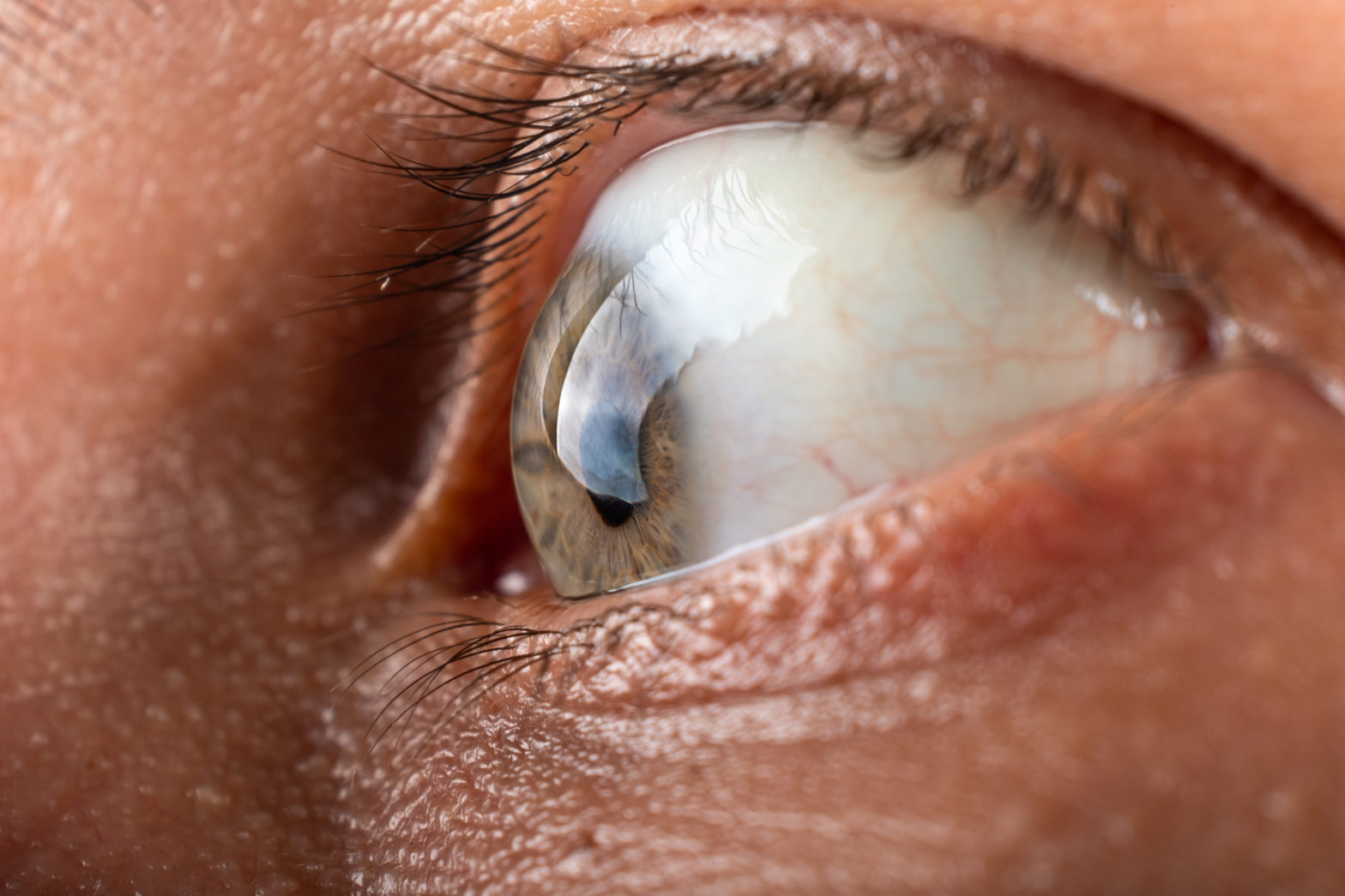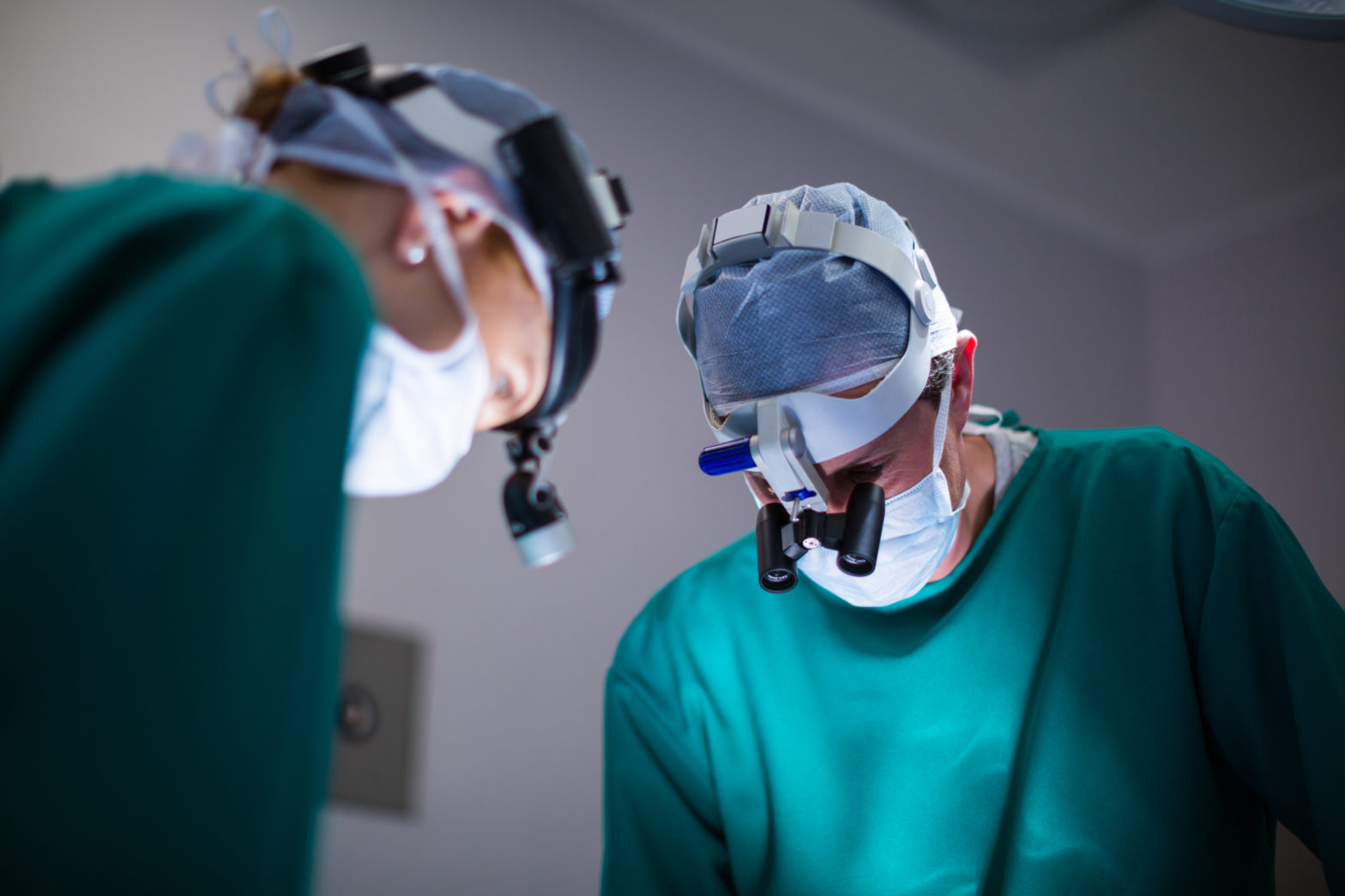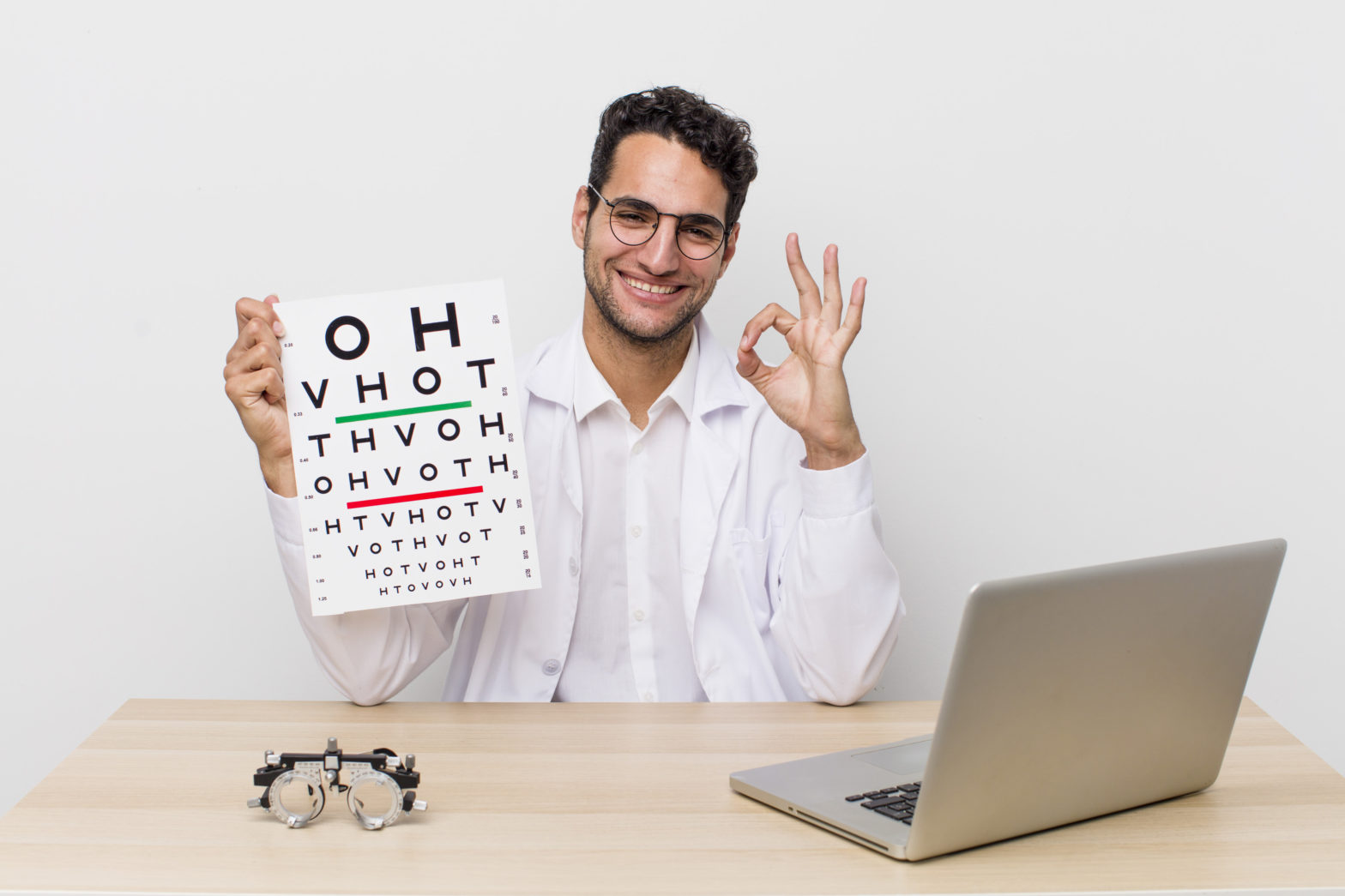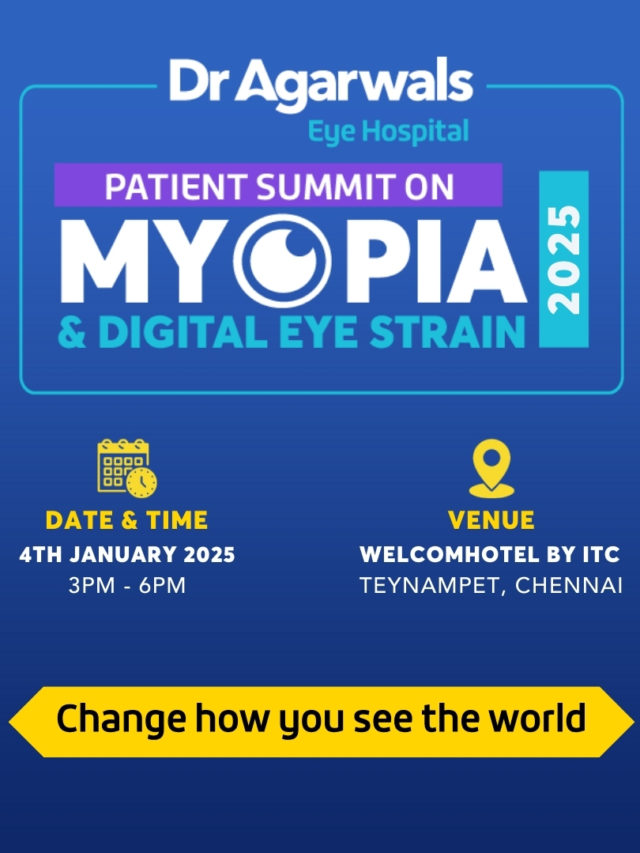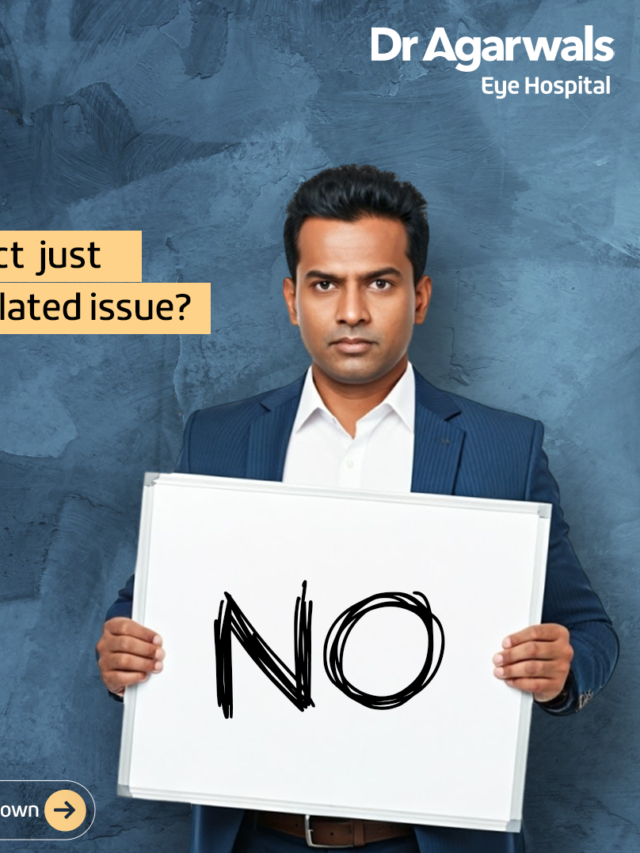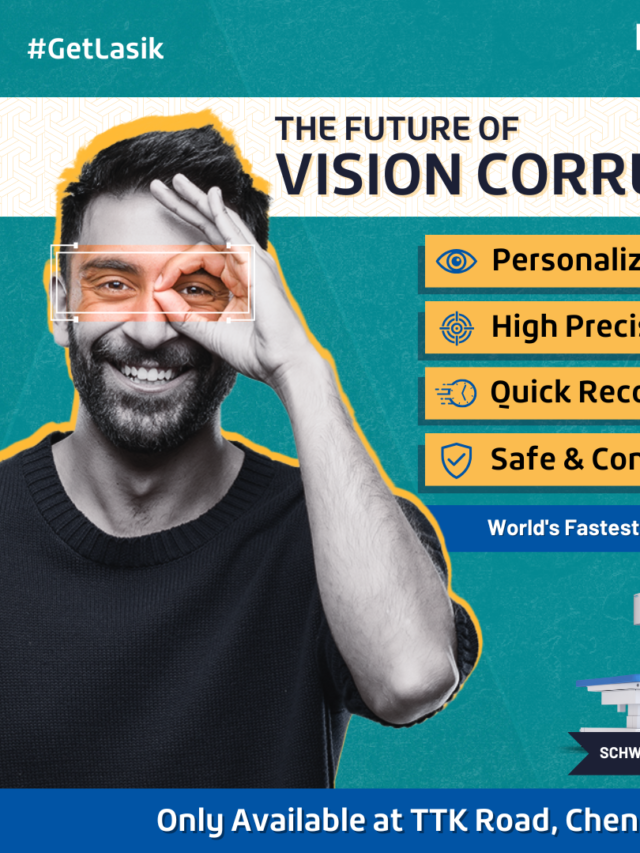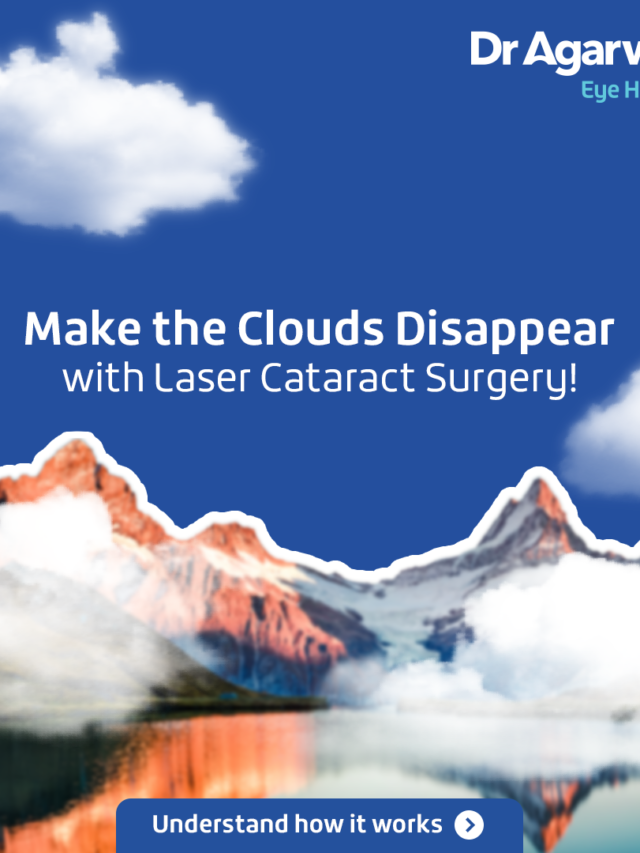Advancements in medical science continue to revolutionize eye care, offering groundbreaking alternatives to traditional surgical procedures. For those seeking vision correction or treatment for eye conditions, these new technologies provide minimally invasive, highly effective options with quicker recovery times. As the demand for safer, faster, and more precise eye care solutions grows, these emerging alternatives are gaining immense popularity among patients and eye care specialists alike.
1. SMILE (Small Incision Lenticule Extraction)
SMILE is a revolutionary laser eye surgery that offers a minimally invasive approach for vision correction. Unlike conventional LASIK, which involves creating a corneal flap, SMILE uses a femtosecond laser to create a small lenticule within the cornea, which is then removed through a tiny incision.
Key Benefits:
- Flapless procedure, reducing risks of flap-related complications.
- Faster healing and minimal discomfort.
- Suitable for patients with dry eyes or thin corneas.
2. ReLEx FLEx
ReLEx FLEx is another advanced refractive surgery that combines elements of LASIK and સ્મિત. It involves creating a flap and then removing a lenticule for vision correction. Though similar to SMILE, it offers more flexibility for treating higher refractive errors.
Key Benefits:
- Enhanced precision in vision correction.
- Minimally invasive with faster recovery.
- Effective for myopia and astigmatism treatment.
3. Implantable Collamer Lens (ICL)
The Implantable Collamer Lens (ICL) is a biocompatible lens placed between the iris and the natural lens, providing permanent vision correction without altering the corneal structure.
Key Benefits:
- Suitable for patients with severe myopia, hyperopia, or astigmatism.
- Ideal for those with thin corneas.
- Reversible, as the lens can be removed if needed.
4. Corneal Cross-Linking (CXL)
Corneal Cross-Linking (CXL) is a non-surgical procedure primarily used for keratoconus treatment. It strengthens the corneal tissue by applying riboflavin (vitamin B2) drops followed by UV light exposure.
Key Benefits:
- Stops the progression of keratoconus.
- Prevents the need for corneal transplants.
- Minimally invasive with quick recovery.
5. Photorefractive Keratectomy (PRK)
PRK is a surface-based laser procedure for vision correction. Unlike LASIK, it does not require a corneal flap but reshapes the cornea directly after removing the outer epithelial layer.
Key Benefits:
- Suitable for patients with thin corneas.
- No risk of flap complications.
- Ideal for those engaged in contact sports.
6. Femto LASIK (Femtosecond LASIK)
Femto LASIK is a bladeless version of conventional LASIK using a femtosecond laser to create the corneal flap, enhancing safety and precision.
Key Benefits:
- Enhanced precision and predictability.
- Faster healing compared to conventional LASIK.
- Reduced risk of complications.
7. Intense Pulsed Light (IPL) Therapy for Dry Eye
IPL therapy is an innovative non-surgical treatment for chronic dry eye syndrome caused by meibomian gland dysfunction. It uses pulses of light to reduce inflammation and restore healthy tear production.
Key Benefits:
- Non-invasive with no downtime.
- Targets root causes of dry eye.
- Provides long-term relief for chronic dry eye sufferers.
8. Corneal Inlays
Corneal inlays are tiny devices implanted in the cornea to treat presbyopia (age-related near vision loss). The device reshapes the central cornea to improve near vision.
Key Benefits:
- Permanent yet reversible solution for presbyopia.
- Maintains distance vision quality.
- Minimally invasive procedure.
9. Advanced Surface Ablation (ASA)
ASA is a modified version of PRK where the epithelial layer is removed without alcohol application, making it gentler on the eye.
Key Benefits:
- Reduced risk of epithelial damage.
- Suitable for patients with thin corneas.
- Faster visual recovery compared to PRK.
10. Orthokeratology (Ortho-K)
Ortho-K involves wearing specially designed contact lenses overnight to reshape the cornea temporarily, providing clear vision during the day without the need for glasses or surgery.
Key Benefits:
- Non-surgical and reversible.
- Effective for myopia control in children.
- Ideal for athletes and professionals needing clear vision during the day.
The Rise of Non-Surgical Innovations
Apart from surgical alternatives, advancements in non-surgical treatments are also transforming eye care. Technologies like atropine eye drops for myopia control, blue light filtering lenses, and vision therapy programs offer non-invasive solutions for common vision issues.
The landscape of eye care is rapidly evolving, with numerous alternatives to traditional surgery offering safer, faster, and more comfortable options for patients. From SMILE to IPL therapy, these advanced technologies empower individuals to make informed choices about their vision care. As research continues, the future of eye health looks brighter than ever, with innovation leading the way toward improved quality of life.
If you’re considering vision correction or seeking advanced eye care solutions, consulting with a qualified ophthalmologist can help you explore the best option tailored to your needs.

